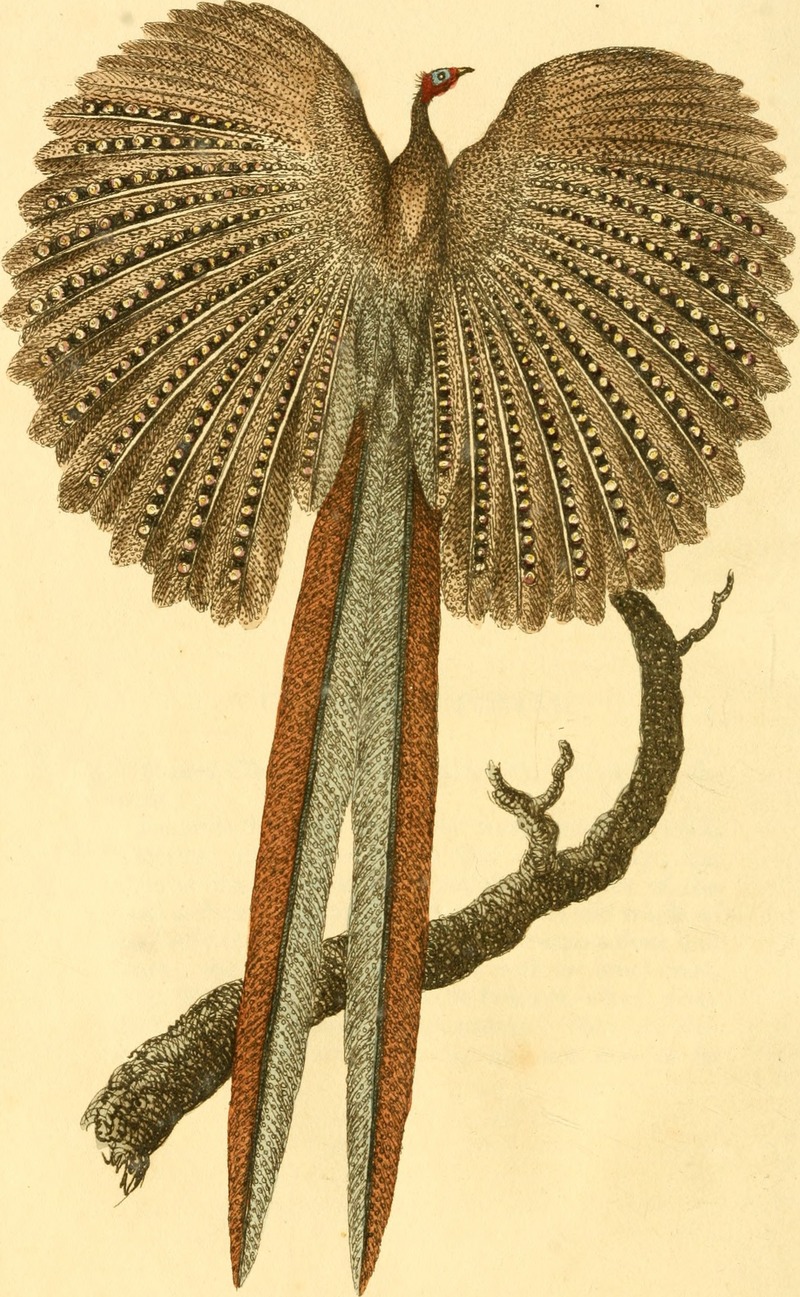|
| 질의: description | 결과: 26번째/10150 | |
great argus pheasant (Argusianus argus)
| 제목: | great argus pheasant (Argusianus argus)
| | 올린이: | Wiki Photos (---@---.---)
| |

| 해상도: 1836x2976
파일크기: 1372355 Bytes
등록시간: 2017:07:02 03:41:57
|
Argus Pheasant
Title: A companion to Mr. Bullock's London Museum and Pantherion : containing a brief description of upwards of fifteen thousand natural and foreign curiosities, antiquities, and productions of the fine arts, collected during seventeen years of arduous research, and at an expense of thirty thousand pounds : and now open for public inspection in the Egyptian Temple, just erected for its reception, in Piccadilly, London, opposite the end of Bond-Street
Year: 1812 (1810s)
Authors: Bullock, W. (William Bullock), fl. 1808-1828; Samuel Howitt, 1765?-1822, ill; John West Wells, 1907- , former owner. DSI
Subjects: London Museum (1812-1819); Zoology
Source book page: https://archive.org/stream/companiontomrbul00bull/#page/n197/mode/1up
Source: https://commons.wikimedia.org/wiki/File:A_companion_to_Mr._Bullock%27s_London_Museum_and_Pantherion_-_containing_a_brief_description_of_upwards_of_fifteen_thousand_natural_and_foreign_curiosities,_antiquities,_and_productions_of_the_fine_(20668865735).jpg
The great argus pheasant (Argusianus argus) is a species of pheasant. The scientific name of the Great Argus was given in reference to the many eyes-like pattern on its wings. Argus is a hundred-eyed giant in Greek mythology. The great argus is native to the jungles of Borneo, Sumatra and the Malay Peninsula in southeast Asia. |
^o^
동물그림창고 똑똑전화 누리집
^o^
|
|